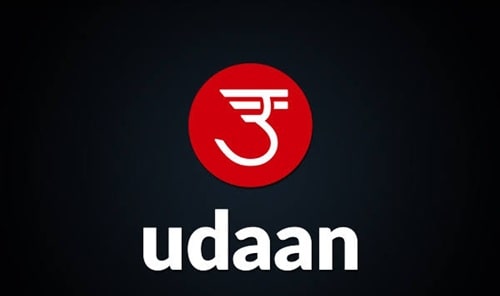ZoomCar is a car rental platform that is popular for offering self-drive rental cars and peer-to-peer car sharing features. This platform was started by Greg Moran in 2013. The company was founded in Bangalore, India, and it became an instant hit among travellers. Zoomcar enables car owners (hosts) to make their vehicles available to renters through its app and platform. The business model combines mobility, the sharing economy, and asset utilization.
Over the years, the company has slightly shifted its focus toward an asset-light or marketplace style model. In other words, the company itself is reducing its own cars and allowing more people to join and become hosts. In this way, Zoomcar can save on owning and maintaining many cars. This model is working perfectly for all hosts, guests, and the company. How? Well, hosts or car owners get to make money from their car; meanwhile, guests get to drive the desired car for a specific price. Ultimately, Zoomcar makes money through its platform as it charges commission and multiple other fees.
To understand why the Zoomcar model is working, how the operations make money, and the financial performances, it will be a great idea to learn about the company’s business model structure.

How is Zoomcar’s Business Model Structured?
Zoomcar places itself as a marketplace or peer-to-peer model that bridges car owners to people who want to rent a car. The model is structured around this key fundamental, where car owners register their vehicle, and the car is called a host. The car is listed on Zoomcar’s platform, then there are renters or guests who browse on Zoomcar’s platform, pick a car, duration, location, and pay through the app.
Zoomcar takes a share of what customers pay and releases the payment to the car owner. Through this business model, Zoomcar doesn’t have any need to own a car or look for its maintenance. At the same time, Zoomcar also assures car owners through a risk-free policy. Another dimension of business structure is optimization, loyalty, repeat usage, host incentives, pricing strategies, insurance, and risk management.
How Does Zoomcar Make Money?
Zoomcar has multiple points of sales and revenue, which help the company thrive in such a competitive market. The key strategies used by Zoomcar to make money are as follows –
1. Guest Host Booking Revenue
The core business model of Zoomcar is based on commissions and fees on bookings. As a guest, rent a car from the host via Zoomcar, which takes a share of that booking amount, where the commission helps in covering platform usage, payment processing, insurance, service fees, and so on. As the host or car owner provides the asset, Zoomcar plays a key role in arranging the transaction with assurance of safety and maintaining the platform.
2. Pricing, Duration, and Utilisation of Cars
Revenue depends heavily on how often cars are booked (utilisation rate) and for how long. Higher utilisation means better margin. Zoomcar has worked to increase repeat usage: in FY25, its repeat user rate increased from ~7% to ~13%. More repeat users tend to raise utilisation, reduce marketing and acquisition costs per booking. Also, dynamic pricing helps in peak vs off-peak times.
3. Fees and Add-ons
While booking a car, renters have to look forward to paying for insurance for the trip, delivery, damage, cleaning, and so on. These additional sources help in making revenue beyond the basic rental. Guests pay extra for other convenience-related services, and Zoomcar takes a higher commission in such services. These are margin booster policies where some services are also priced for risk or the cost of handling. To promote more hosts to join the platform, there are incentive-based programs; meanwhile, ad campaigns and discounts help target a wider audience.
Financial Performance
In FY 2025 (year ended March 31, 2025), Zoomcar achieved net revenue of about US$9.1 million, a ~7.9% decline from US$9.89 million in FY24. This clearly shows that the business model is good, but there aren’t many customers who want to rent a car and deal with extra charges levied by the platform. However, the net loss also narrowed for the company as it reduced from 34.27 million in FY24 to US$25.62 million in FY25, which shows that Zoomcar is working on operations to optimize costs. Overall, the revenue decreased due to a change in the company’s business model, and it is expected to gain dominance in the market from this year.
What’s New in 2025?
Zoomcar’s repeat usage rate improved significantly from ~7% in FY24 to ~13% in FY25. All credit goes to loyalty programs, product improvements, trust & safety enhancements. Repeat users help improve utilisation and lower the cost per booking. The shift to an asset-light peer-to-peer model is working in favour of the company, even though they are facing a reduction in revenue from previous years; there is also a reduction in losses, which means the company is moving toward a new path.



